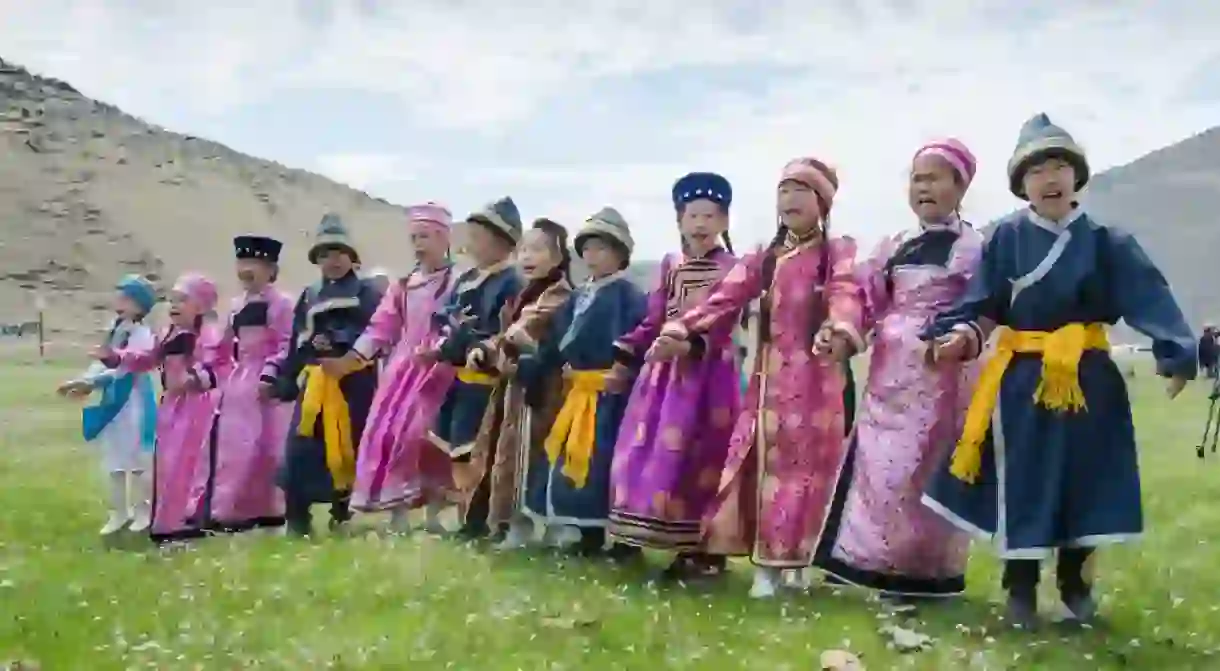An Introduction to the Buryat People

As the first inhabitants of the Lake Baikal region in Siberia, the Buryat people are descendants of tribal Mongols whose spiritual belief system combines Buddhism and shamanism. Integral to the culture of central south Siberia, the Buryat are a colourful and vibrant people and are one of Russia’s most distinctive indigenous clans. Here’s everything you need to know. The Buryat culture is steeped in colour. It is used in their religious practices, and the fabrics used for traditional clothing are bright and vivid. With an estimated population of over 500,000, they are also one of the biggest groups of people native to Siberia, and many still try and practise traditional aspects of life
.Did you know – Culture Trip now does bookable, small-group trips? Pick from authentic, immersive Epic Trips, compact and action-packed Mini Trips and sparkling, expansive Sailing Trips.

More than 440,000 Buryat live in Russia, and a further 46,000 and 70,000 live in Mongolia and China respectively. In Russia, the Buryat heartland is south-central Siberia, and particularly in the Republic of Buryatia, which lies along the eastern side of Lake Baikal in Asian Russia. In the republic’s capital, Ulan Ude, Buryat culture continues to maintain a strong presence, from the colourful houses to the food.

The Buryat people have their roots in the Mongols, who travelled north from China and Manchuria, and the native Siberian Inuits, already living in the region. It is estimated they settled in south-central Siberia in the 13th and 14th centuries. Originally nomadic people with a stratified social system, the Buryat people have historically herded cattle, horses, sheep and goats. Like the reindeer-herding Nenets, during Sovietism the Buryat’s farming practices were collectivised. The Buryat religious practices also survived the Soviet anti-religious clamp-down and continue to thrive today.

Shamanism and Buddhism are central to the Buryat belief system. Buryats from the southern steppes are influenced by Tibetan Buddhism, while shamanism (the religious practice of connecting to the spirit world through trance and a shaman) is more prominent in western Siberian clans. However, religious rites and ceremonies often blend the two together. As shamanism is usually practised out in nature, there are few religious buildings in Buryatia. However, colourful ribbons and material tied to branches and sticks symbolising prayers are commonplace. The Buryat language is classified as endangered by UNESCO. The Soviet government restricted its use during the USSR, and as a result, the number of speakers has dropped, despite lifting the restriction at the end of the Soviet Union.














